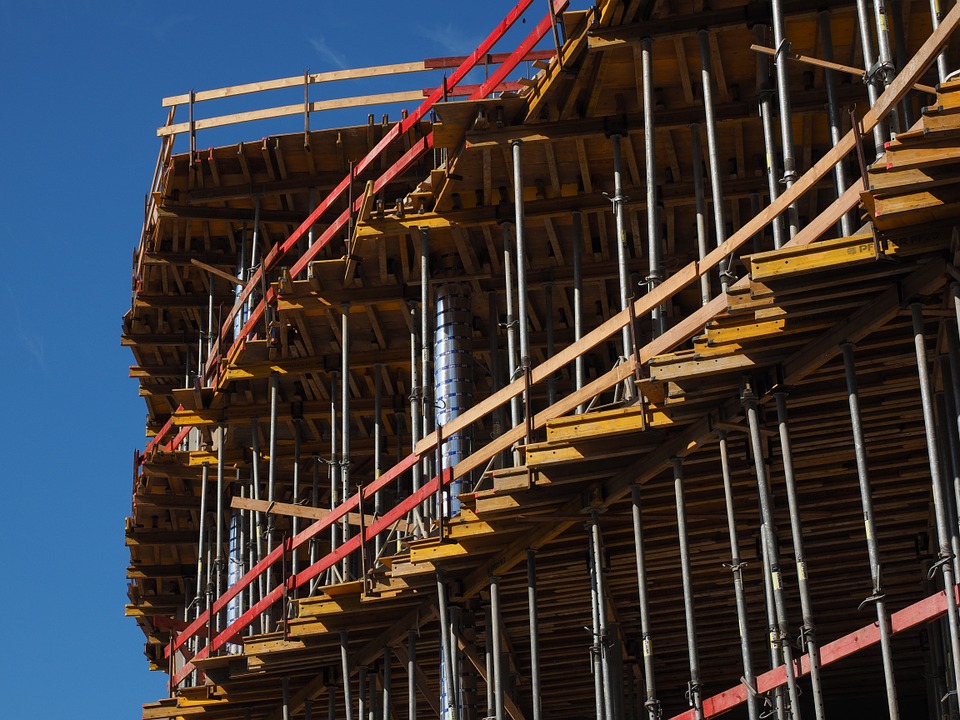Written by Mary Scott Nabers
President and CEO, Strategic Partnerships Inc.
 Growth and change are descriptors common to colleges and universities throughout the country. That’s where the focus is…but managing the two is almost impossible without an abundance of human effort and financial investment.
Growth and change are descriptors common to colleges and universities throughout the country. That’s where the focus is…but managing the two is almost impossible without an abundance of human effort and financial investment.
It would be hard to find individuals anywhere who disagree with the importance of higher education, but public funding has not kept up with campus and teaching needs. University executives scramble every year to cobble together revenue from dozens of sources and that will obviously continue in 2019.
The largest growth in higher education spending for the past fiscal year was in California, where the state authorized a 12 percent increase. The state of Florida invested in higher education with a 9 percent increase in funding. North Carolina and Illinois both recorded 6 percent increases and Georgia rounded out the top five states with a spending increase of 5.5 percent, according to a recent Illinois State University study.
As campuses experience record growth, the need for more resources and facilities increases. Facilities for housing and teaching students are big ticket items and almost every campus has a decade of deferred maintenance that must be addressed. Technology upgrades are also high on the list of priorities for all schools. There will be high demand in 2019 for construction firms, developers and technology providers that serve colleges and universities.
North Carolina Central University has announced a variety of projects. Officials hope to break ground on three new residential buildings, a $38 million business school and a $47 million student center. Officials will not rely solely on state funding. The 8,200-member student body approved an increase in student fees that will also generate revenue. A new business school will be paid for largely with proceeds from bonds and three new residential facilities will be built through a public-private partnership (P3).
Universities are embracing P3 engagements because funding is a critical component. Additionally, with P3 engagements, private-sector partners bring new ideas, development expertise and are willing to assume most of the risk.
The revenue investment in P3 engagements on college and university campuses has more than doubled in recent years. In fact, there has been almost a 50 percent year-to-year increase from $1.2 billion in 2014 to $3.1 billion in 2016, according to an Ernst and Young report. That same report also projects that P3 projects will likely total $5 billion in the near future.
Officials at Appalachian State University announced recently that seven residence facilities will be replaced through P3 engagements. The $191 million project, which will include development and financing, will add 2,100 beds, a large new parking deck and improvements to other existing surface parking spaces. Along with private funds, current university bond funds will also be used to finance the project.
Last month, the University of North Carolina Wilmington structured a P3 agreement for a project to develop an on-campus housing and dining community. The first phase will deliver 1,038 beds and another 776 beds will be added in the second phase. In addition to the new residential areas, a 3,500-square-foot dining facility and a learning center are planned.
Many other projects on higher education campuses are waiting to be announced. Here’s a sampling of what is currently under consideration:
- The University of Houston has requested $60 million from the state for a new law center. With funding, university officials will construct a five-story facility to replace a building that suffered major water damage from flooding. The new facility will include modern technology, a law library, classrooms, a courtroom and event space.
- The University of Illinois at Chicago master plan includes more than a dozen new buildings. Four projects could begin within the next 18 months. Plans include an entertainment district, a new soccer stadium and a new living-learning center for freshmen students.
- Athletics-related projects totaling $11 million will be out for bid at Auburn University beginning this month. Solicitations will include a $3 million Auburn Arena locker room project, a $4 million construction project for a 10,000-square-foot facility at the softball complex and a $4 million improvement project that includes a building with indoor batting cages.
- Officials at Montana State University have requested $32 million in bonds to renovate Romney Hall. The project would expand the historic building that has four classrooms into a facility with 19 classrooms.
- The University of Texas of the Permian Basin has requested state funding for its critical need to update technology systems at its very old Mesa Building.
Expect lots of activity in 2019 on university campuses. Funding will be found from a multitude of sources to meet the challenges caused by growth and the ever-changing demands of technology and education.
…
Mary Scott Nabers is president and CEO of Strategic Partnerships Inc., a business development company specializing in government contracting and procurement consulting throughout the U.S. Her recently released book, Inside the Infrastructure Revolution: A Roadmap for Building America, is a handbook for contractors, investors and the public at large seeking to explore how public-private partnerships or joint ventures can help finance their infrastructure projects.
Tags: Colleges, Mary Scott Nabers, MSN, Strategic Partnerships Inc., Universities






 RSS Feed
RSS Feed